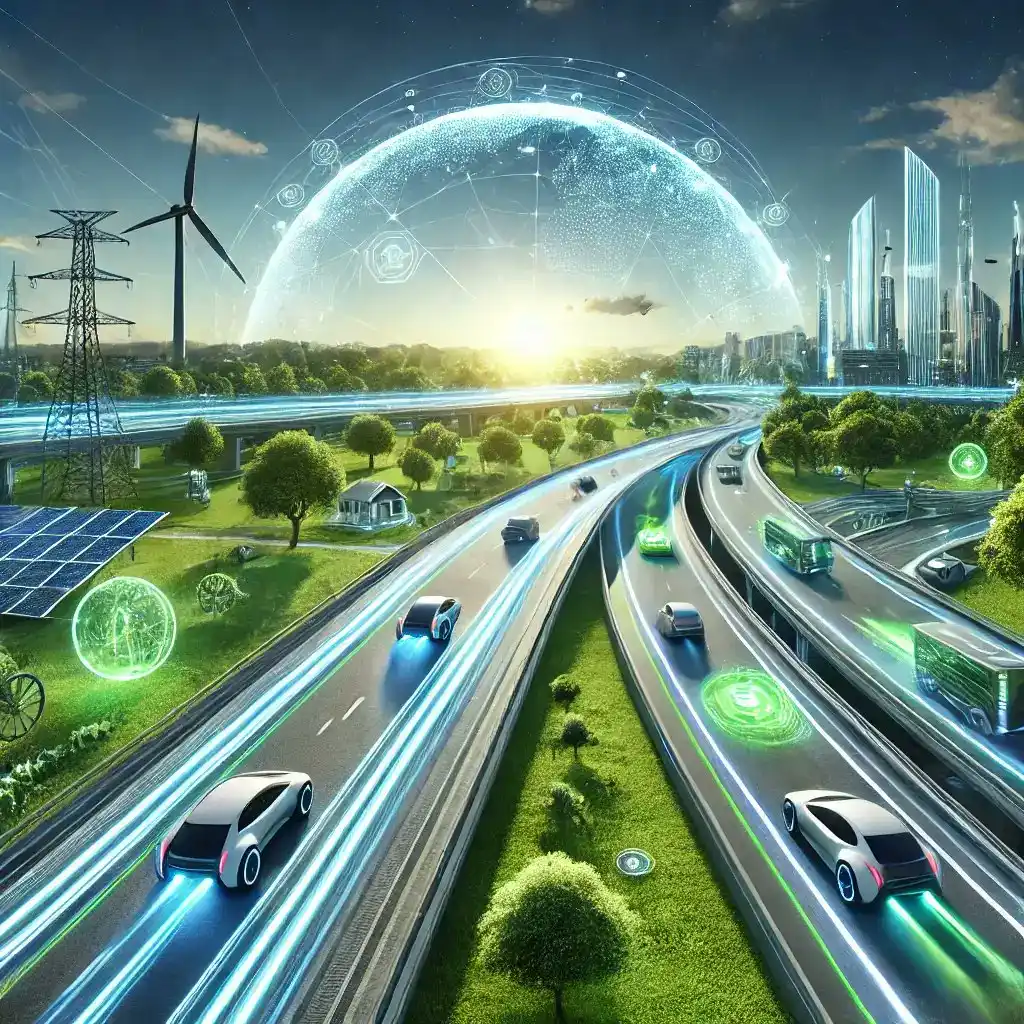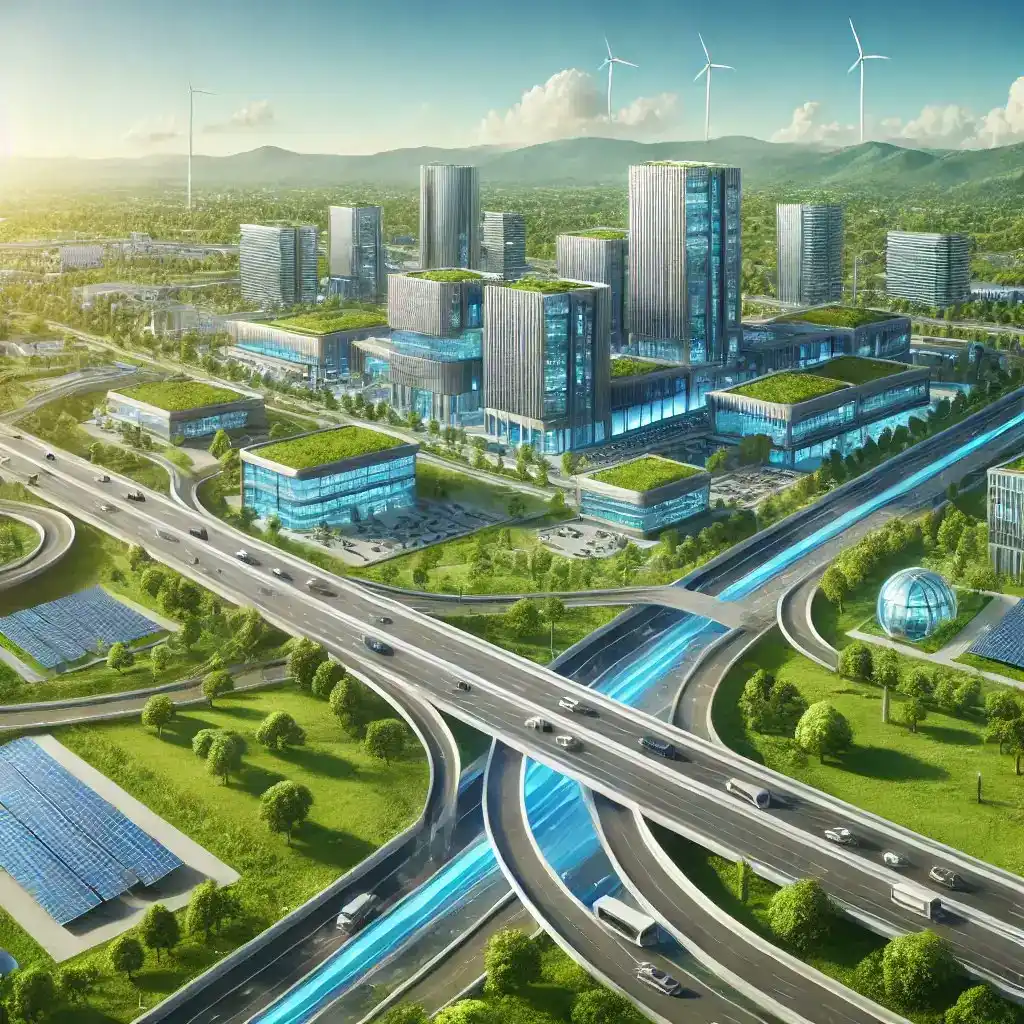Preamble:
Introduction:
1. Hydrogen Fuel Cell Vehicles (FCEVs) Description:
Material Science Advancements:
Technical Considerations:
2. Ultra Light Weight CNG-Electric Hybrid Vehicles (Compressed Natural Gas Vehicles)
Advantages:
Material Science Advancements:
Technical Considerations:
3. Algae-Based Biofuel Vehicles
Advantages:
Material Science Advancements:
Technical Considerations:
4. Plug-in Hybrid Electric Vehicles (PHEVs)
Advantages:
Material Science Advancements:
Technical Considerations:
5. Hybrid Diesel-Electric Vehicles
Advantages:
Material Science Advancements:
Technical Considerations:
6. Ethanol Flex-Fuel Vehicles (FFVs)
Advantages:
Material Science Advancements:
Technical Considerations:
7. Compressed Air Vehicles
Advantages:
Technical Considerations:
8. Ammonia-Fueled Vehicles
Advantages:
Material Science Advancements:
Technical Considerations:
9. Bio-diesel Vehicles
Description:
Advantages:
Material Science Advancements:
Technical Considerations:
10. Solar-Assisted Electric Vehicles
Advantages:
Material Science Advancements:
Advancements in Material Science for Vehicle Engineering
Advancements in materials play a pivotal role in enhancing vehicle efficiency across all alternative technologies:
3D-Printed Carbon Fiber Reinforced Polymers (CFRP):
Fiber-Infused Composites:
Advanced Aluminum and Magnesium Alloys:
Bio-Composite Materials:
High-Performance Plastics:
Conclusion
Call to Action Engineers and Technologists:
Policymakers and Industry Leaders:
Educational Institutions:
Citizens and Consumers:
Final Notes:



Related Content:
Title: “Science-Deception: How PM Trudeau Ignores Science and Greta Thunberg Rejects Scientific Study for Activism”https://x.com/SkillsGapTrain/status/1831309288553513314
Title: “Enhancing Vehicle Efficiency Through Weight Reduction and Natural Gas Hybrid Systems” – Explores the synergy between lightweight materials and natural gas hybrid systems for improved efficiency. https://x.com/SkillsGapTrain/status/1817313442212065628
Title:“Towards a Sustainable Future: Integrating Hydrogen, CNG, and Electric Vehicles in Modern Transportation” – Discusses the benefits and challenges of a diversified transportation energy portfolio. https://x.com/SkillsGapTrain/status/1818158056431141236
Report: “Economic Impact of Blocking Resource and Energy Sectors in Canada” https://x.com/SkillsGapTrain/status/1813138214078619961
Title:“Canadians say NO to electric vehicles” https://youtu.be/rGI7SwYS7w0?feature=shared
Title:“Volvo just EXPOSED the great Electric Vehicle Scam, THIS IS BAD | Redacted w Clayton Morris” https://youtu.be/DN-oN__yXqM?feature=shared
Title: “Will Trudeau’s EV mandate kill Canada’s auto sector?” https://youtu.be/n-UJDAWni_o?feature=shared
Title: “The Great ELECTRIC car DISASTER just got worse! | Redacted with Natali and Clayton Morris” https://youtu.be/l44APlxNRqw?feature=shared
Title: “The GREAT Electric Car Scam just got EXPOSED by Ford | Redacted News” https://youtu.be/qBoud8azxT0?feature=shared
Title: “The Great ELECTRIC car coverup just got exposed! | Redacted with Clayton Morris” https://youtu.be/NkwWc2lo7sk?feature=shared
Title:“The GREAT electric car cover-up just CRASHED and BURNED | Redacted with Natali and Clayton Morris” https://youtu.be/hrz3jVxYEt0?feature=shared
Title:“New BOMBSHELL Report on Electric Cars will change everything | Redacted with Clayton Morris” https://youtu.be/W3vvmU6kfpI?feature=shared
Title: “Trudeau’s UNHINGED RANT – Flying Flaming Pine Cones!!” https://youtu.be/PBmIw1E1Kk8?feature=shared
Title:“Leftist Quebec City mayor carries out ‘War on Cars’ with ‘green’ policies” https://youtu.be/TVa4VxlaHxA?feature=shared
Title:“Guilbeault’s ministry flunks audit into ‘green’ subsidies” https://youtu.be/Cw-4EAsWJFE?feature=shared
Title: “The real story behind Trudeau’s pledge for electric buses — and the problems with these lemons” https://youtu.be/6aAk9gURr1g?feature=shared
Title: “What’s behind Alberta’s energy shortages?” https://youtu.be/TcS-w5ja18c?feature=shared
Title: “Tensions mount between Canadian and Korean workers at Windsor EV battery plant” https://youtu.be/7ZuMDibRpFU?feature=shared
Title:“AC/DC – You Shook Me All Night Long (Official 4K Video)” https://youtu.be/Lo2qQmj0_h4?feature=shared
(This song is here to trap all the bad people in Canada.. they will click on this link to try to prove the article is unscientific, so that they can proceed to legislate bad tech policy for Canada)
To see our Donate Page, click https://skillsgaptrainer.com/donate
To see our Instagram Channel, click https://www.instagram.com/skillsgaptrainer/
To see some of our Udemy Courses, click SGT Udemy Page
To see our YouTube Channel, click https://www.youtube.com/@skillsgaptrainer